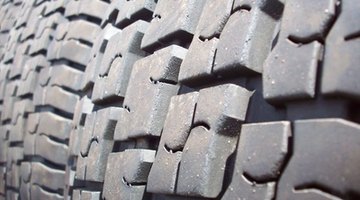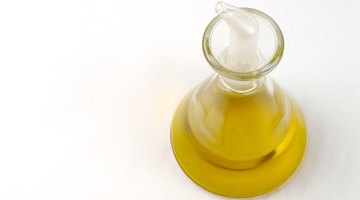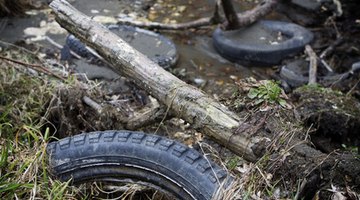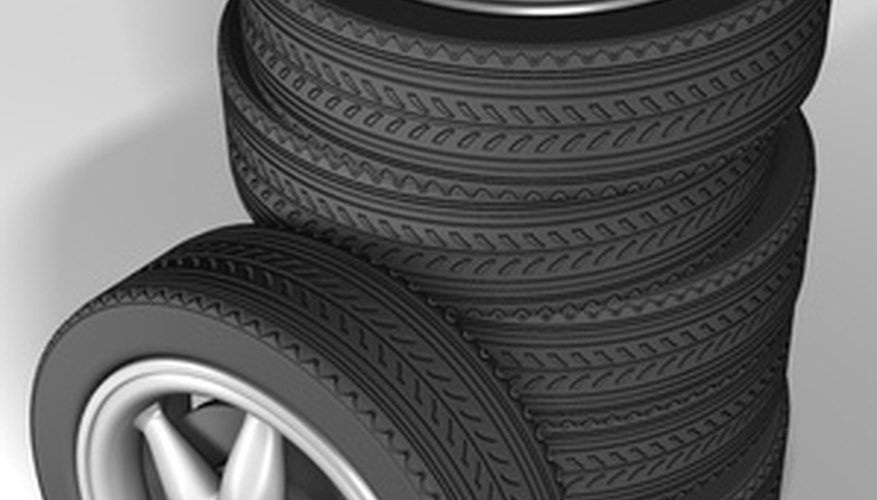Melting rubber tyres is necessary because it is not possible to recycle the rubber in the tyre without melting it down. Recycled tyres can be used to make different household items from, such as shoes, exhaust hangers and even kitchen sinks. However, melting a rubber tyre is almost impossible to accomplish unless you know the basic principles. There are six basic steps you will need to perform to successfully melt rubber tyres.
- Melting rubber tyres is necessary because it is not possible to recycle the rubber in the tyre without melting it down.

Use a tyre shredder to slice up the tyres and make small pieces of rubber. This is done by carefully loading the tyres into the feed opening of the shredder. Once the rubber tyre is inside the machine, sharp blades cut the tyre into small pieces.
Separate the metal parts and non-rubber materials by centrifuge. Use a centrifuge machine. The non-rubber parts are tiny pieces of metals, steel and fabric fibres. The machine will rotate the shredded parts, and separate the heavier materials at the periphery, where you can easily collect and discard them.

Fill one-third of the heating chamber of the furnace with a liquid which has a higher boiling point and higher density than rubber. Heavy oils are often used.

Put the shredded rubber pieces from the tires into the liquid, and heat them at a temperature range of 399 to 538 degrees Celsius (750 to 1000 degrees Fahrenheit). The melted rubber from the tyres will float on the liquid oil. There will be an outlet pipe connected to the outlet chamber at the same level where the liquid oil surfaces.
- Separate the metal parts and non-rubber materials by centrifuge.
- The melted rubber from the tyres will float on the liquid oil.
TIP
Clean the tyres before using them, it will save your time at step two.
WARNING
Melting rubber tyres can be dangerous if you don't follow the steps properly. If you use a vacuum chamber, then there is the possibility that it may explode if the liquid starts to boil. You must use liquid which has higher boiling point than the melting temperature of the rubber. The temperature should not be more than 538 degrees Celsius (1000 degrees Fahrenheit), otherwise the tire will start burning. If the temperature is lower than 399 degrees Celsius (750 degrees Fahrenheit) then the melting will not complete. The chamber must be oxygen-free to avoid burning. Always wear the protective clothing because the fumes are very dangerous for health.
